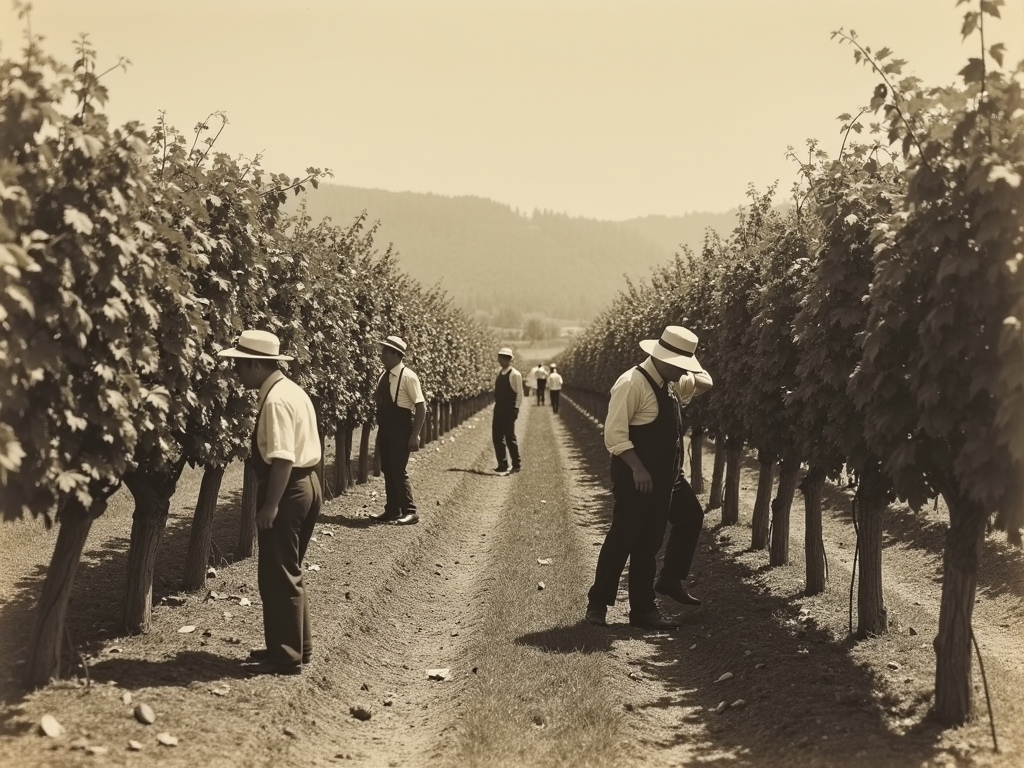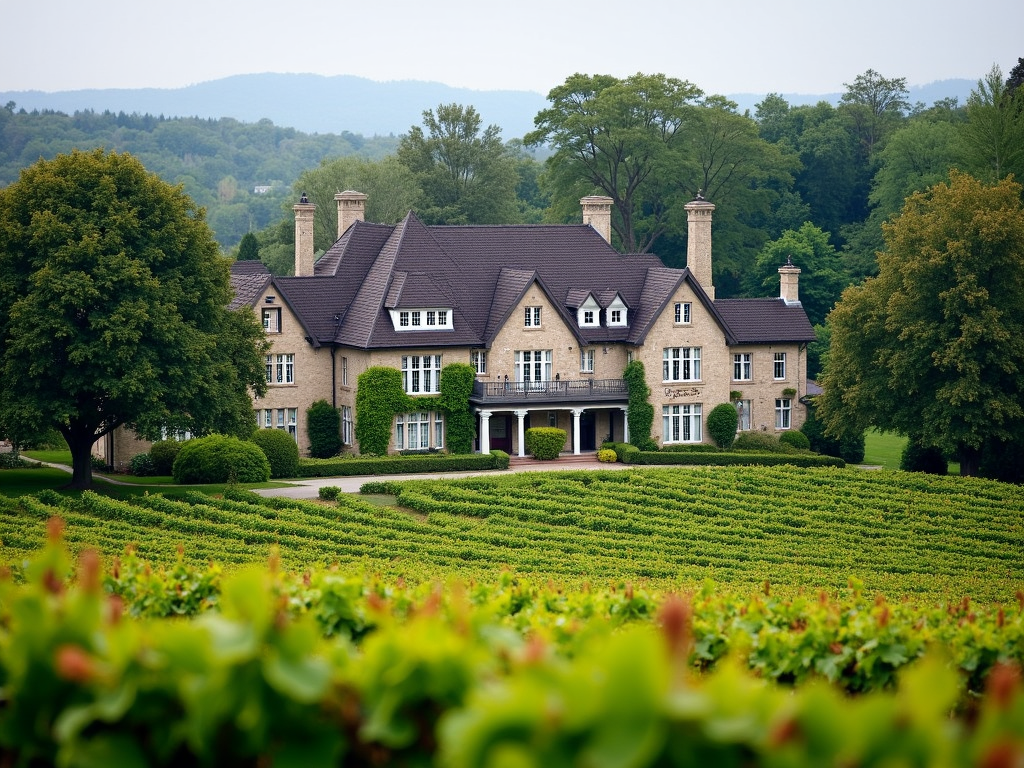The History of Napa Valley Winemaking
Napa Valley, located in California, is one of the most famous wine regions in the world. Its winemaking history dates back to the 19th century, and it has since become synonymous with high-quality wines. This article explores the journey of Napa Valley's winemaking, highlighting key moments and figures that shaped its legacy.

The story of Napa Valley's winemaking begins in the 1830s when European settlers brought grapevines to the region. One of the earliest vineyards was established by George Calvert Yount in 1839. However, it was Charles Krug who is often credited with founding Napa Valley's first commercial winery in 1861.

Over the years, Napa Valley faced challenges such as phylloxera infestations and Prohibition, which significantly impacted the wine industry. Despite these setbacks, the region persevered, and by the mid-20th century, it began to gain international recognition.

The 1976 Judgment of Paris was a pivotal moment for Napa Valley. In a blind tasting, Napa Valley wines outperformed French wines, shocking the wine world and putting Napa Valley on the global map.

Today, Napa Valley is home to over 400 wineries, including renowned names like Beringer, which has been producing wine since 1876. Beringer is known for its rich history and exceptional wines, making it one of Napa Valley's top wine destinations.

When visiting Napa Valley, wine enthusiasts can explore a variety of wine brands and tasting experiences. Beringer, for example, offers wine tasting notes that highlight the unique characteristics of their wines, from bold Cabernets to crisp Chardonnays.

Napa Valley's winemaking history is a testament to resilience and innovation. From its humble beginnings to becoming a world-class wine region, Napa Valley continues to captivate wine lovers with its rich heritage and exceptional wines.